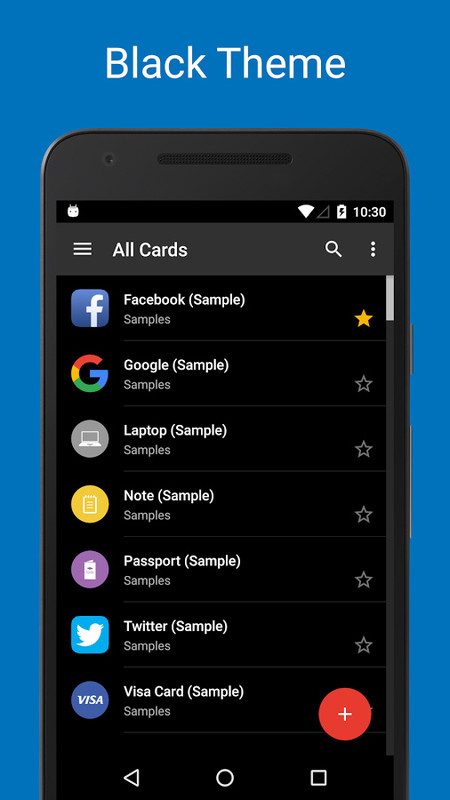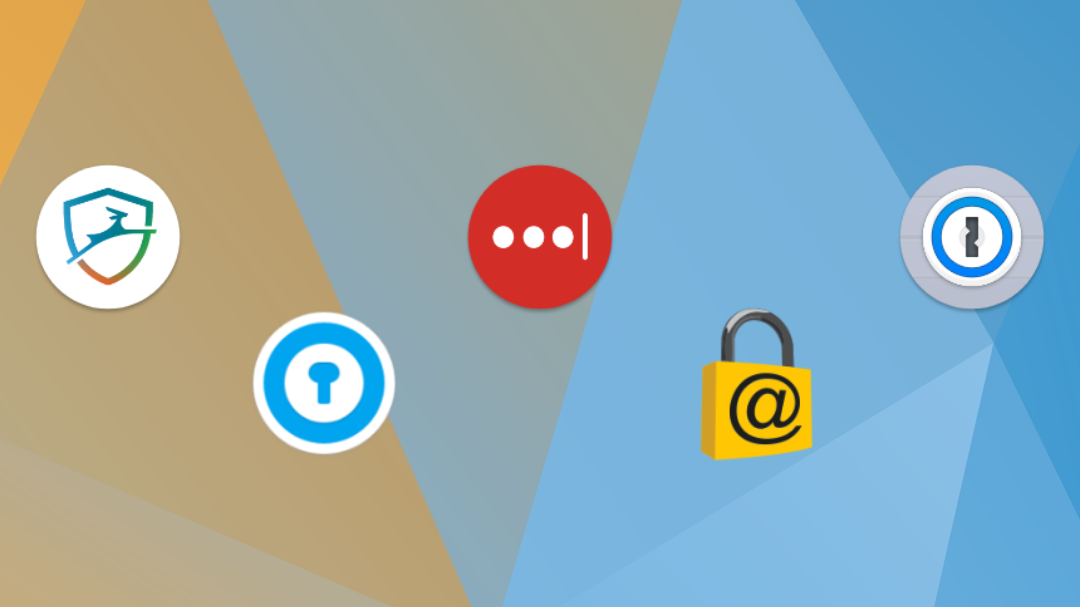

Go to Account Options or click your email at the bottom of this menu > Advanced > Refresh Sites then Clear Local Cache. Therefore as an added security measure, we recommend switching on two-factor authentication for your accounts. Click the LastPass icon in your web browser toolbar. A similar security vulnerability on LastPass’ browser extension previously enabled malicious attackers to steal users’ passwords. On Opera, you can’t force updates and your only option is to reinstall the extension.Įven though you’d expect password managers to be built on the most secured frameworks, security vulnerabilities such as this one can happen. I have the Notes as a CSV with 3 columns - Last Name, First Name and Note.
#Lastpass csv not readable in awallet password manager pro how to#
Click the Details button on LastPass’ card and then hit the Update button at the top. Can you advise how to import notes from another application into Lastpass - say as Secure Note, so I can have everything in Lastpass I have already set up a password vault and don't want to interfere with that. To manually updated LastPass, click the three-dots at the top right corner of Google Chrome and go to More Tools > Extensions. How to manually update the LastPass password manager However, it’s best to double-check by manually updating the LastPass extension.

The fix should be applied to your browser automatically. While the circumstances for the bug’s misuse are limited, these activities are common on the internet and even if they affected a fraction of LastPass’ user base, it would have cost thousands of users their sensitive data. We have now resolved this bug no user action is required and your LastPass browser extension will update automatically,” the company added in a blog post. “We quickly worked to develop a fix and verified the solution was comprehensive with Tavis.

Once the person clicked the link, the hack required no user interaction and immediately executed an automated script which extracted your last used password. In order to exploit the bug - which possibly only existed on Google Chrome and Opera - attackers simply had to create a fraudulent link masquerading as a URL from websites someone would trust, such as Google Translate. LastPass says it rolled out an update for the browser add-on on September 13th, two weeks after the vulnerability was first reported by Ormandy. Originally discovered in August by Tavis Ormandy, a researcher from Google’s Project Zero, the security flaw allowed malicious websites to trick the browser extension into giving away credentials you entered on a previous site. The developers behind popular password manager LastPass have patched a loophole that exposed your last used password.


 0 kommentar(er)
0 kommentar(er)
